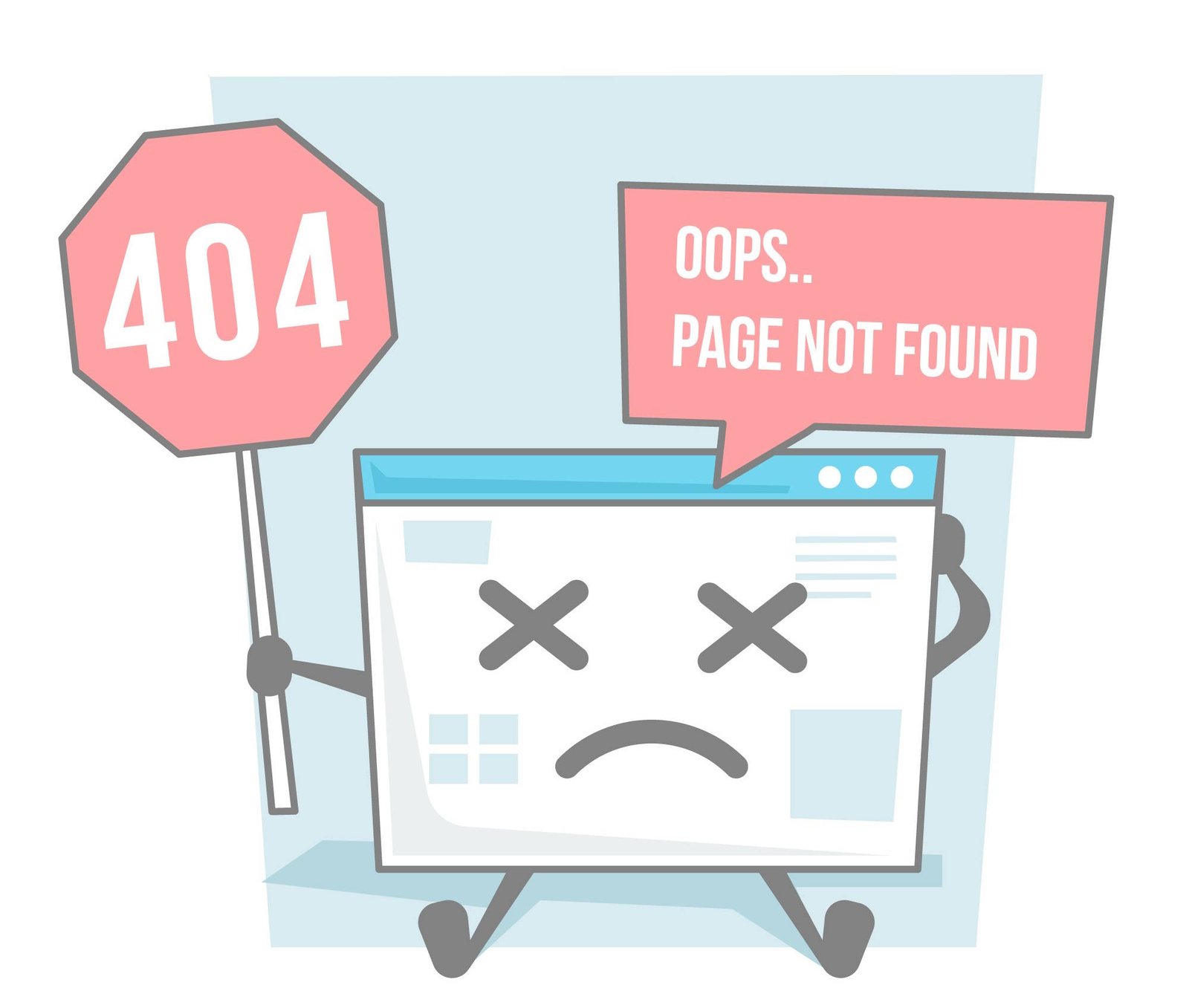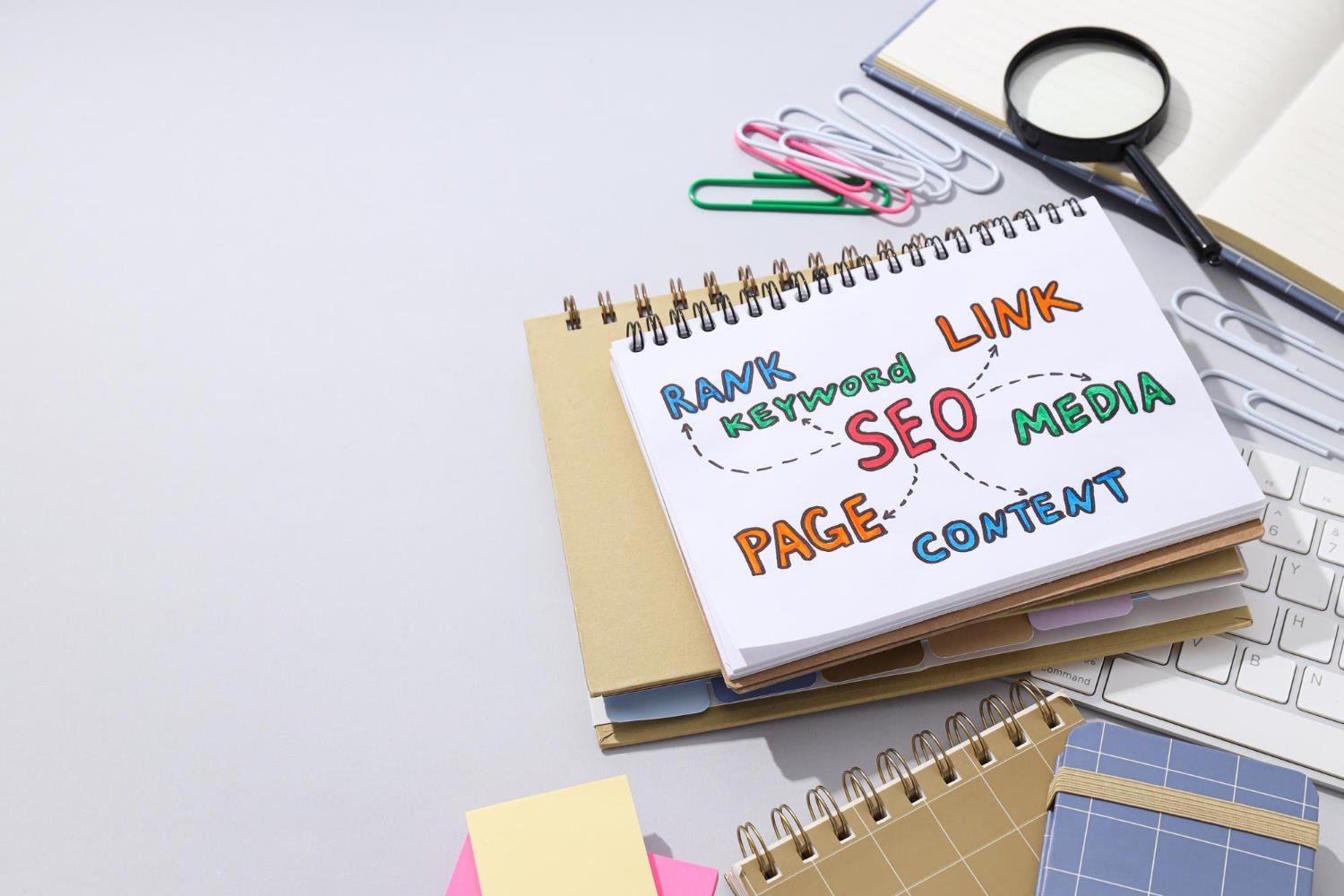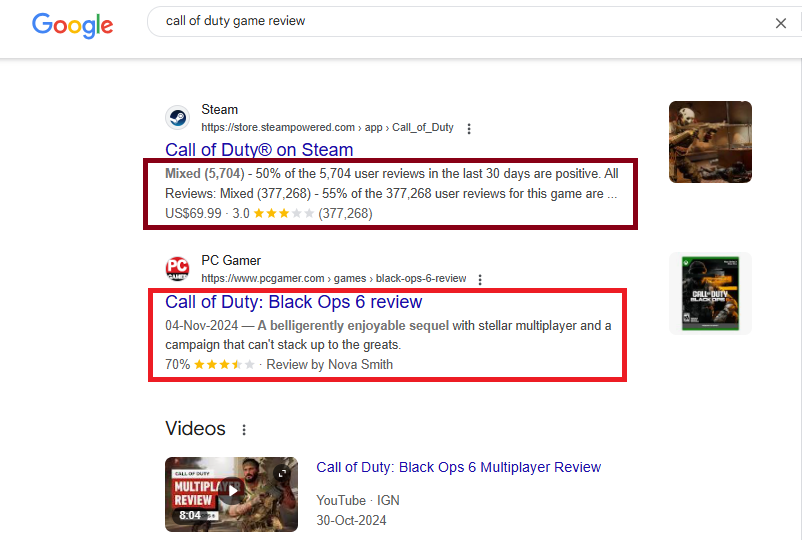Internal links are the backbone of website navigation and structure, creating pathways for both users and search engines to discover and understand your content. A robust internal linking strategy distributes page authority throughout your site, helps establish content hierarchy, and enables efficient crawling. From extensive experience managing large-scale websites, proper internal link maintenance is crucial for both user experience and search engine optimization.
How to find broken internal links
Identifying broken internal links requires a systematic approach using multiple tools and methodologies. Start with specialized crawling tools like:
- Broken internal links Screaming Frog
- SEMrush
- Ahrefs
- Sitebulb
- DeepCrawl
etc, to perform a complete site scan. These tools identify response codes, redirect chains, and broken links across all page templates and content types. Review Google Search Console’s Coverage and Index Status reports to understand how broken links affect search engine crawling and indexing.
Server log analysis provides additional insights into broken link patterns and their impact on user behavior. Configure log analysis tools to track 404 errors, identify high-priority pages experiencing broken links, and monitor redirect performance. Regular automated scans can catch new broken links before they significantly impact site performance.
Common Causes of Broken Links
URL Structure Changes often create broken links when pages are moved or renamed without proper redirect implementation. Content management system updates, site migrations, or platform changes frequently break internal links through modified URL patterns or permalink structures.
Content Deletion or Archival creates broken links when referenced pages are removed without updating incoming links. Dynamic content generation may produce broken links through invalid parameter combinations or expired temporary content.
Template-Level Issues occur when hardcoded links in theme files become outdated. Navigation menus, footer links, and sidebar widgets commonly contain broken links after site structure changes.
Systematic Fix Implementation
Create a comprehensive spreadsheet documenting all broken links, including source pages, destination URLs, and link context. Prioritize fixes based on page importance, traffic volume, and SEO impact. Implement fixes systematically:
Database-Level Solutions
Execute carefully tested SQL queries to update broken links in content tables. Use search and replace functions for bulk updates while maintaining data integrity. Always verify database backups before performing mass updates. Test changes in staging environment before production deployment.
Content Management System Updates
Review and update CMS permalink structures with proper planning. Audit automated linking functions and template tags. Fix category, tag, and archive page links. Update navigation menus, widgets, and dynamic content generation rules.
Redirect Implementation
Set up 301 redirects for permanently moved content. Avoid redirect chains that can slow page load times. Monitor redirect performance and update as needed. Consider implementing regex-based redirect rules for pattern matching.
Preventing Future Link Issues
Establish Link Management Protocols
Create documentation for URL structure changes and content removal procedures. Implement link checking in content publishing workflow. Train content teams on proper internal linking practices. Regular site-wide link audits catch issues early.
Automated Monitoring Systems
Configure automated link checking tools with daily or weekly scans. Set up alerts for new broken links or redirect issues. Track patterns in link breakage to identify systemic problems. Monitor changes in crawl stats and server logs.
Technical Best Practices
Use relative URLs where appropriate to maintain flexibility during domain changes. Implement proper error handling for removed content. Keep XML sitemaps updated. Regular canonical tag review ensures proper reference page identification.
Do broken internal links hurt SEO?
Yes, it hurts SEO performance by Prioritize fixing broken links to high-value pages to maintain search visibility. Monitor changes in organic search traffic patterns. Track crawl budget efficiency through search console reports. Update internal anchor text during link fixes to maintain relevancy signals.
Link Reclamation Process
Contact content authors about broken links in their materials. Update internal documentation and reference materials. Review and fix navigation structures comprehensively. Remove or replace dead links with relevant alternatives.








